Tag: ventilation

Facemask vs. Helmet – Noninvasive Ventilation
We use Noninvasive ventilation (NIV) to treat various disease processes, such as acute hypercapnic and hypoxemic respiratory failure, post-extubation failure, and neuromuscular diseases. Data supports NIV use in some conditions,... read more

Weaning Methods From Mechanical Ventilation in Adult Patients
In general consideration, our study provided evidence that weaning with proportional assist ventilation has a high probability of being the most effective ventilation mode for patients with mechanical ventilation regarding... read more
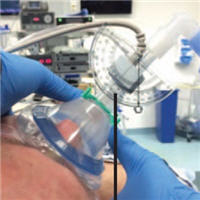
Head Rotation in Anaesthetised Apnoeic Patients Significantly Increases Mask Ventilation Efficiency
Head rotation of 45° in anaesthetised apnoeic adults significantly increases the efficiency of mask ventilation compared with the neutral head position. Head rotation is an effective alternative to improve mask ventilation... read more

Endothelial Glycocalyx Degradation Contributes to Metabolic Acidosis in Children After Cardiopulmonary Bypass Surgery
Our data show that metabolic acidosis (increased strong ion gap) is associated with plasma concentration of heparan sulfate, a negatively charged glycosaminoglycan cleaved from the endothelial glycocalyx during cardiopulmonary... read more
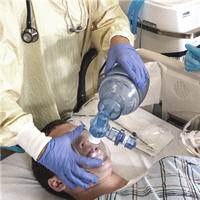
The Unsung Heroes: Respiratory Therapists
Working day after day, year after year, in a busy high acuity ICU, we all have become a "second family." The public doesn't hear much about respiratory therapists, especially during this COVID nightmare. But they have... read more

Mechanically Ventilated COVID-19 Patients: Long-term Survival Study
The long-term survival of mechanically ventilated patients with severe COVID-19 reaches more than 50% and may help to provide individualized risk stratification and potential treatments. 868 patients were included (median... read more
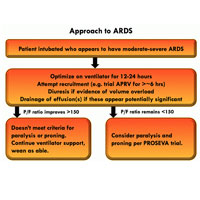
ARDS vs. PseudoARDS – Failure of the Berlin Definition
True ARDS might be defined as a histological diagnosis involving diffuse alveolar damage throughout the lungs (characterized by hyaline membrane formation and thickening of the alveolar walls). PseudoARDS refers to patients... read more

Ventilator Management: A Pre-Hospital Perspective
The goal of this book is to provide the most up to date information on mechanical ventilation based on current research, evidence based practice and my experiences as a flight paramedic and educator. A comprehensive look... read more

Diaphragm Dysfunction After Cardiac Surgery
Symptomatic diaphragmatic dysfunction was found in 7.6% of patients after cardiac surgery. It led to an increase of respiratory complications, such as pneumonia, prolonged ventilation, and intensive care. Coronary bypass... read more
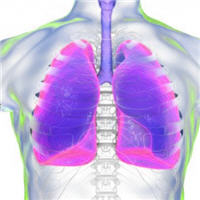
Carbapenem Antibiotics for the Empiric Treatment of Nosocomial Pneumonia
Carbapenem-based empiric regimens were associated with lower mortality rates compared with non-carbapenems, largely driven by trials of ventilator-associated pneumonia (VAP). The mortality effect was not observed in trials... read more

Brain–lung Interactions and Mechanical Ventilation in Patients with Isolated Brain Injury
During the last decade, experimental and clinical studies have demonstrated that isolated acute brain injury (ABI) may cause severe dysfunction of peripheral extracranial organs and systems. Of all potential target organs... read more
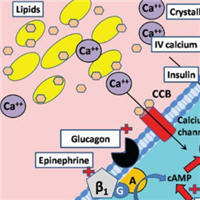
Approach to the Critically Ill Poisoned Patient
Toxicology histories are notoriously unreliable. Any available medical records, especially medication lists. Timing & amount of ingestions. Immediate vs. sustained-release formulations. Consider inquiring specifically... read more
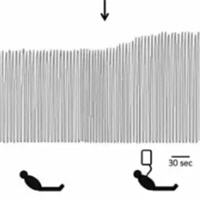
Waveform Capnography in the Intubated Patient
Waveform capnography is emerging as a standard monitoring tool to improve safety among intubated patients. Failure to use waveform capnography contributed to >70% of ICU-related airway deaths in the NAP4 audit. Capnography... read more
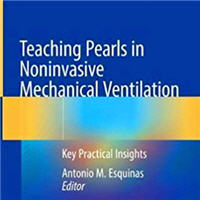
Teaching Pearls in Noninvasive Mechanical Ventilation
This book uses real-world clinical case analyses of hot topics to provide insights into noninvasive mechanical ventilation (NIV). Written by leading international teachers and experts, it features a selection of "major... read more




